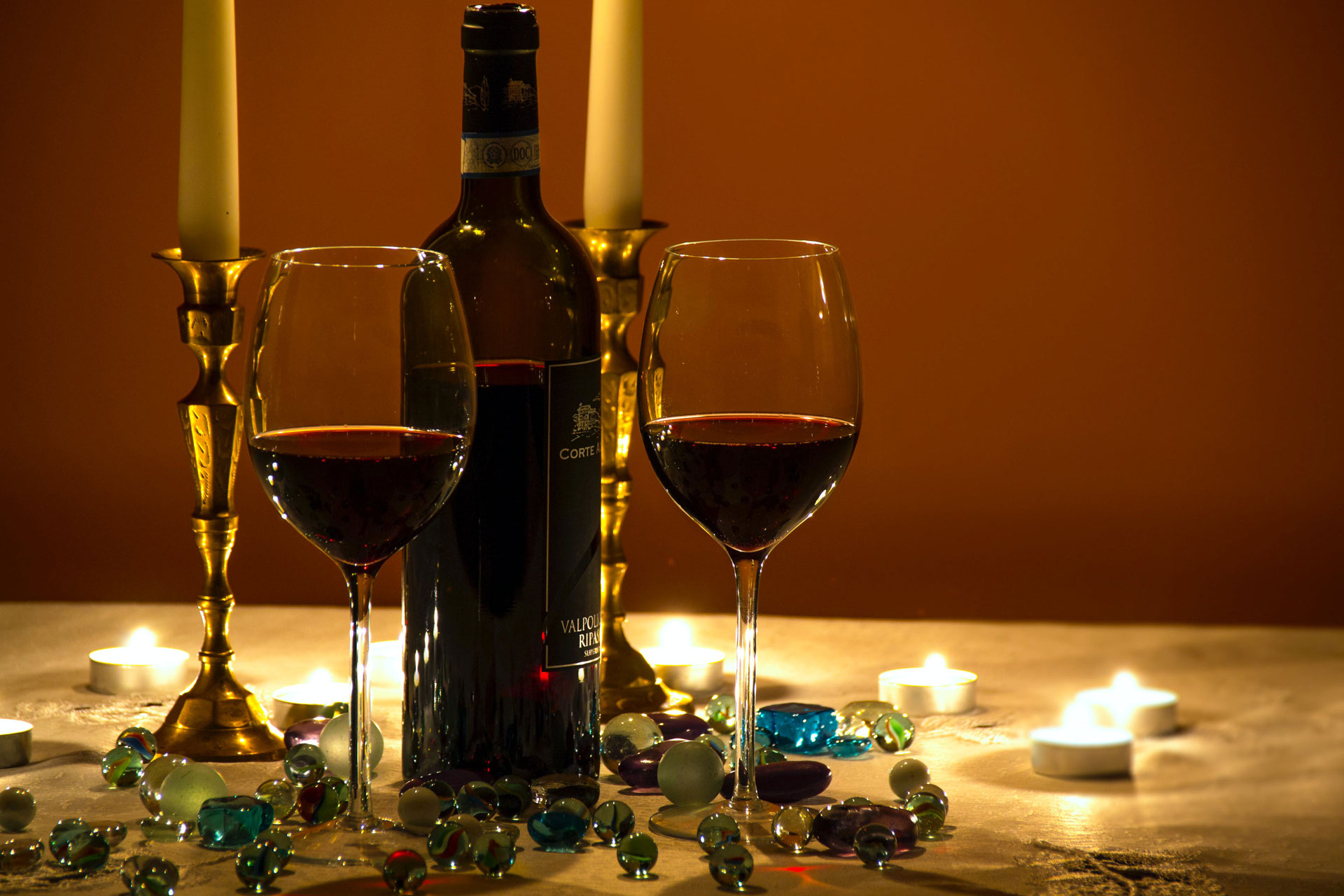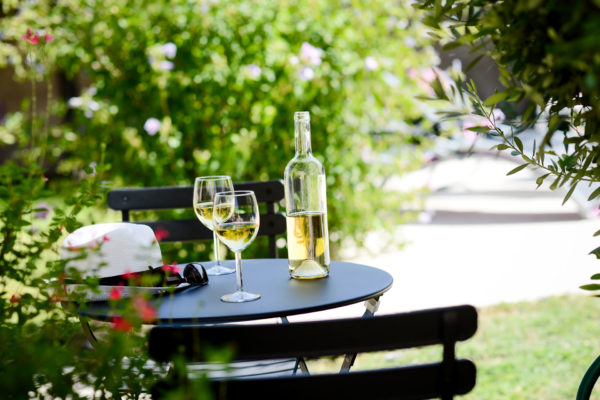5 Wine Trends For 2024
By
1 year ago
What will we be drinking next year?

This year we’ve seen big growth surrounding English fizz, canned drinks and the alcohol-free market – so what’s on the horizon for the wine world in 2024? Here we predict the wine trends set to be big in 2024, from the vinho verde renaissance to regenerative viticulture and more.
5 Wine Trends For 2024
Loyalty Perks
With the cost-of-living crisis in full swing, purse strings across the country are tightening – but we’re all looking for ways to keep buying our little luxuries despite rising prices. Meanwhile, companies are increasingly trying to cling onto their clientele with special offers and loyalty schemes. In the wine world, retailer Bibendum predicts this will manifest as more ‘wine clubs, happy hours and exclusive tasting events’.

Alternatives To Champagne
On a similar topic, champagne sales are on the decline. This is, in part, a result of soaring costs – the average prices for producers like Bollinger and Krug increased by 23 percent last year, according to The Guardian. But it’s also a result of the rise of alternatives: English sparkling wine is better than ever (bittersweet, as this is partly a side effect of climate change) – and the industry continues to flourish as drinkers reach for locally sourced grapes. Viticulture is now Britain’s fastest-growing agricultural sector, with £480 million invested in British wineries between the years of 2018 and 2022. No doubt English fizz will continue to dominate in 2024.
No and Low-Alcohol Wine
While alcohol-free beers and mocktails have been thriving for many years now, non-alcoholic wine has been a little slower to the party. Could 2024 be the year they take off? Historically, non-alcoholic wines haven’t had the best rep: often the lack of alcohol is covered up with additives, giving them a sweet taste – but new technology that’s currently in the works could improve things. The sober-curious movement is continuing to grow (recent research from M&S revealed one in three of its customers has already reduced, or is thinking about, reducing their alcohol intake), and producers are scrambling to meet demand. Majestic has reported a 32.7 percent increase in the low and no alcohol still wine sector over the past year, and sparkling up a whopping 75.5 percent.

Moët & Chandon vineyard
Regenerative Viticulture
As the effects of climate change unfold around us, there is a growing movement towards regeneration within the farming world – and this applies to vineyards too. While there isn’t a blanket definition for the term, regenerative viticulture is to do with protecting the soil and increasing the amount of carbon held in the ground – which many believe is crucial in saving our planet. More and more producers are adopting regenerative methods, including Moët Hennessy, Jackson Family Wines, Ham Street Wines, Amber Valley Vineyards and Torres, among others. Who will make the switch in 2024?

Unsplash
Vinho Verde
Move over orange wine: green is taking your spot as the coolest vino in town. Bibendum highlighted the growth in popularity for Vinho Verde, a wine from northwestern Portugal renowned for its light and fresh flavour, hint of fizz and comparatively low alcohol content. Green wine is fast becoming a favourite summer drink on UK shores – helped by the snazzy marketing of brands like the Instagram-famous Chin Chin, created by the people behind London’s Noble Rot in collaboration with the Quinta do Ermízio winery.






